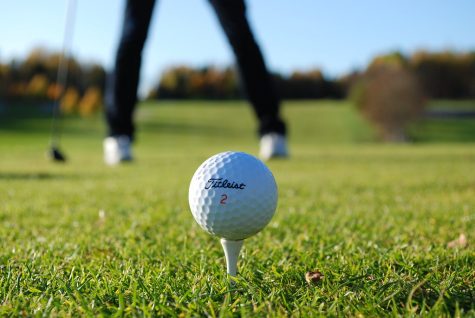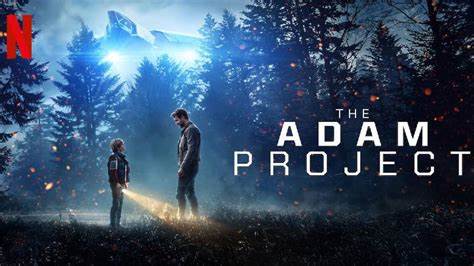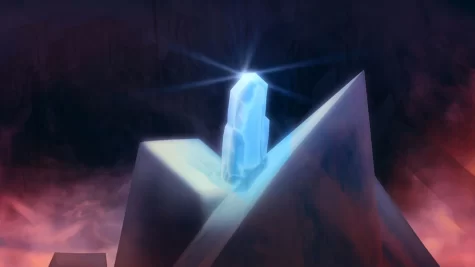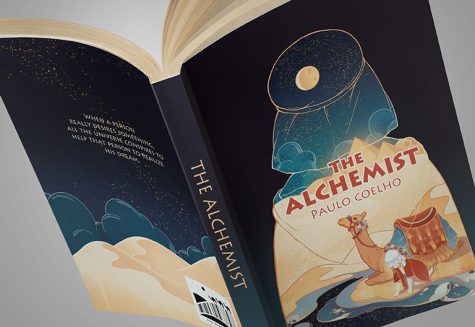The forgotten toxins of the green
While many people enjoy golf, most are unaware of the damage courses do to their surrounding environments.
The temperatures are warming, birds are chirping, kids playing in the streets, and the golfing season is just getting started again. Now that this has reached the target audience…
Sit down golf fanatics, it’s time to remember how harmful your favorite pastime is for the environment.

Excluding the deforestation that has to occur for many golf courses to be established, heavy maintenance is done to the grass and surrounding vegetation. The grass on a golf course, otherwise known as the “green,” is typically maintained via the following:
- Lay down sand to the turf to smooth the uneven surface of the soil, also known as ‘topdressing.’
- Cut grass so it is 0.125 inches or less.
- Core 2 to 3 times a year.
- Water regularly.
- Apply pre-emergent herbicides, weed killers, and fertilizers regularly depending on the location of the course.
The weed killers and fertilizers often make their merry little way down into the topsoil and travel to local streams (the same goes for domestic use, but that’s a different story). This water is meant to nourish the surrounding wildlife and vegetation but instead poisons them due to toxic chemicals found within the products. The poorer the golf course, the cheaper products they use, which in turn harm the environment more.
Next time you head out to the tee, think about the water you used to shower last night or to make your coffee this morning. Everything that goes around, comes around.












